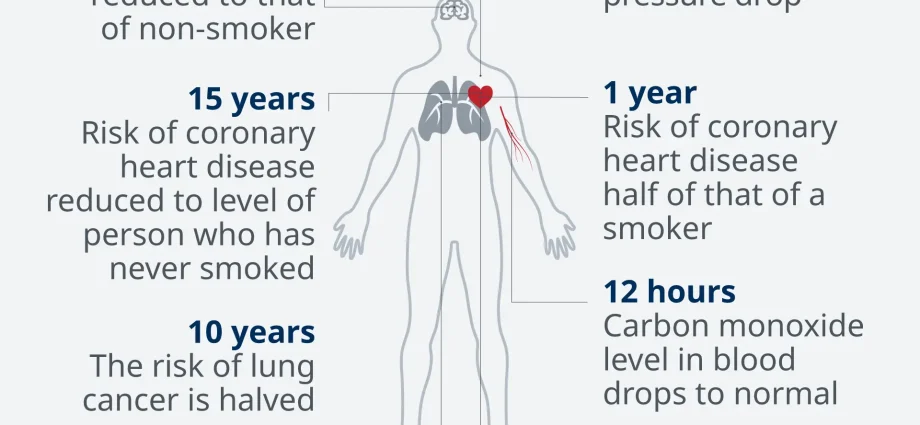In its own way, this is similar to herd behavior: where one is, there is everything (but in this case in a positive direction). Moreover, refusal sometimes occurs if not even relatives, but friends of friends decided to take a step towards a healthy lifestyle.
Comparing the data from 1971 and 2003, scientists built computer models of social networks (about twelve thousand people connected by about fifty thousand heterogeneous relationships) and designated smokers and non-smokers with different icons.
It is known that in recent years, many have got rid of the bad habit: the smoking rate in the United States has dropped from thirty-seven to twenty-two percent. At the same time, earlier a person who was a close friend of a smoker started smoking himself with a probability of sixty percent, each other – twenty-nine percent, then – eleven percent.
Now this influence is spreading in the opposite direction: people, one might say, “infect each other with non-smoking.”
Moreover, people who cannot live without cigarettes spoil not only their health, but also their status. If previously a smoker could be associated with a large number of people, now he is likely to be on the periphery of the social network, scientists have found.
A source:
with reference to
.










